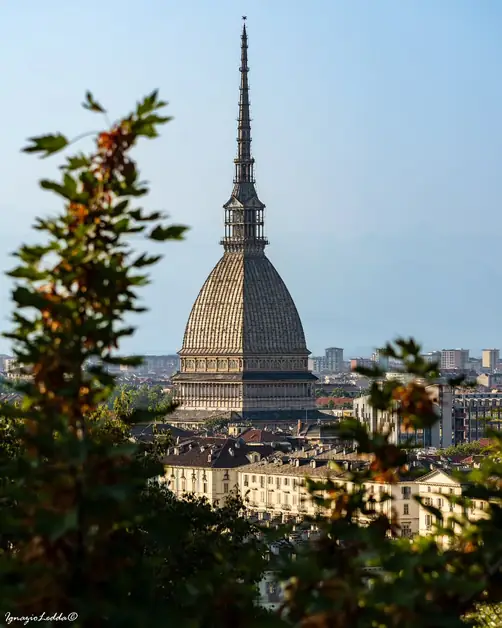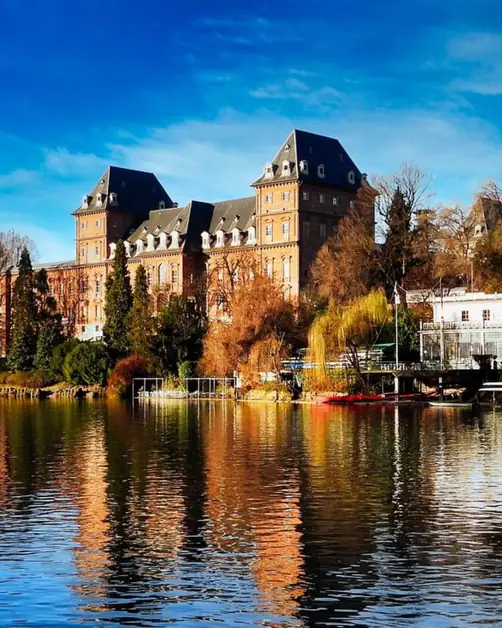The monument to Carlo Alberto and its fascinating history
Discover the history and significance of the monument to Carlo Alberto in Turin.

Where is the monument to Carlo Alberto in Turin?
The equestrian monument dedicated to Carlo Alberto di Savoia is located in the heart of Turin, in Piazza Carlo Alberto, one of the most elegant and central squares in the city. This square, situated between via Carlo Alberto and via Cesare Battisti, is a must-visit for anyone touring Turin, thanks to its strategic position near the Museum of the Italian Risorgimento and the National University Library. Its historical and monumental atmosphere invites every visitor to stop and admire the majesty of the monument that dominates the square.
Who was Carlo Alberto di Savoia?
Carlo Alberto di Savoia, born in 1798 and died in 1849, was King of Sardinia from 1831 to 1849. His figure is closely linked to the period of the Italian Risorgimento, the movement that led to the unification of the country. Carlo Alberto is remembered as the sovereign who granted the Albertine Statute, a liberal constitution that represented a fundamental step towards the birth of modern Italian statehood. His personal story, marked by ideals, wars, and sacrifices, made him a symbol of courage and renewal.
Who created the monument to Carlo Alberto?
The equestrian monument was created by the sculptor Carlo Marochetti, also known as Marocchetti, born in Turin in 1805. Marochetti was one of the greatest sculptors of the 19th century, appreciated not only in Italy but also in France and England. The work was completed between 1856 and 1860 and was inaugurated in 1861, just a few months after the proclamation of the Kingdom of Italy. Its elegant and realistic style, combined with the symbolic strength of the subject, made this monument a landmark for the city.
What does the monument to Carlo Alberto look like?
The monument depicts Carlo Alberto on horseback, in an imposing pose that conveys pride and determination. The king is represented with his gaze directed towards the horizon, while the horse, with one hoof raised, expresses movement and strength. At the base, there are eight minor statues: four allegorical female figures and four soldiers. The female figures represent civic and moral virtues, while the soldiers evoke the courage and loyalty of the Sardinian army. Together, these sculptures tell the story of the bond between the sovereign, the people, and the homeland.
What do the statues at the base of the monument represent?
The four allegorical female figures represent universal concepts such as Justice, Faith, Wisdom, and Strength. These virtues embody the ideals that Carlo Alberto promoted during his reign. The four soldiers, on the other hand, belong to different corps of the Sardinian army, testifying to the military contribution to the birth of Italy. The ensemble of statues creates a symbolic and patriotic narrative that celebrates the king not only as a sovereign but as a man and leader of his people.
Why is the monument to Carlo Alberto important for Turin?
This monument is a tribute to the memory of a sovereign who left a deep mark on Piedmontese and Italian history. Carlo Alberto represents a key figure in the path that led to national unification, and his monument in Turin has become a symbol of the Risorgimento. Furthermore, Marochetti's work is a perfect example of 19th-century sculptural art and contributes to making Piazza Carlo Alberto one of the most picturesque squares in the historic center.
How to get to Piazza Carlo Alberto?
Reaching Piazza Carlo Alberto is very simple. If you are in the center of Turin, you can walk there from Piazza Castello in just five minutes, taking via Roma or via Cesare Battisti. For those arriving by subway, the nearest stop is Porta Nuova, from which you can reach the square in about ten minutes on foot. Numerous buses and trams stop nearby, making the monument easily accessible by public transport as well. Those arriving by car can park in the surrounding areas, such as via Lagrange or via Carlo Alberto itself.
What can you see around the monument?
Piazza Carlo Alberto is located in an area rich in cultural and historical attractions. In front of the monument is the National Museum of the Italian Risorgimento, housed in the majestic Palazzo Carignano, one of the most beautiful Baroque buildings in the city. Just a short walk away is the National University Library, one of the oldest and most prestigious in Italy. In the vicinity, there are historic cafes, typical restaurants, and elegant boutiques, making the visit even more enjoyable. Strolling in this area means fully immersing yourself in the historical and refined atmosphere of Turin.
What is the best time to visit the monument?
The monument to Carlo Alberto can be visited at any time of the year. However, spring and autumn are the best seasons to fully enjoy the beauty of the square and the surrounding streets. In spring, the mild climate and natural light enhance the details of the sculpture; in autumn, the warm colors of the leaves create a striking contrast with the stone of the monument. Even in winter, the square retains its charm, especially when the Christmas lights illuminate the city center.
Why visit the monument to Carlo Alberto during a tour of Turin?
Visiting the monument to Carlo Alberto means discovering an important part of Italian history. Every detail of the work tells a chapter of Piedmontese past, uniting art and memory. The monument is also an ideal starting point for exploring the historic center, thanks to the proximity of many tourist attractions. Whether you are passionate about history, art, or simply curious to learn more about Turin, this place will surely move you and help you appreciate the connection between the city and the House of Savoy.
What historical curiosities link Carlo Alberto to Turin?
Carlo Alberto spent many years in Turin, where he made important political and military decisions. The city was the heart of his reign and the center of the reforms that would pave the way for Italy's unification. After the defeat in the first war of independence, the king abdicated in favor of his son Vittorio Emanuele II and retired to Portugal, where he died shortly after. However, his memory remained alive in Piedmont, so much so that a few years after his death, it was decided to erect this monument to honor his memory.
The monument to Carlo Alberto is just a starting point for understanding how the history of the Savoy family is intertwined with that of Turin and all of Italy. Every statue, every architectural detail, and every symbol present in the work invites reflection on a past that continues to live in the heart of the city.




